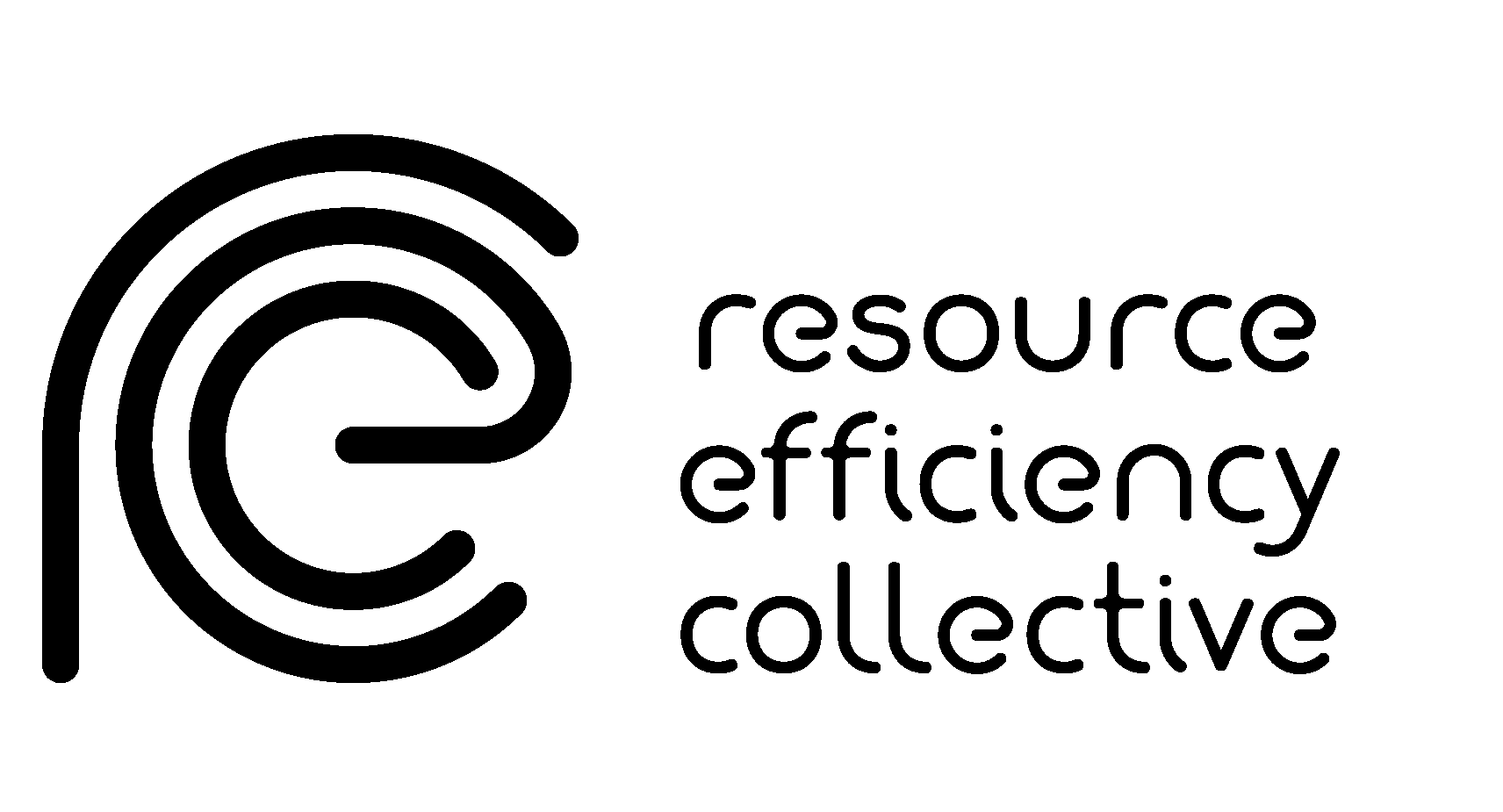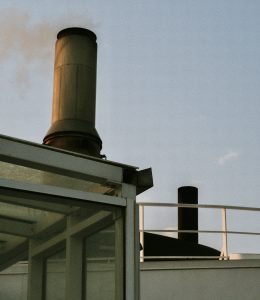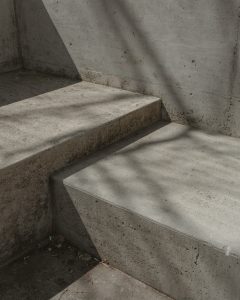The Lightest Beam Method
Over the last ten years, global demand for concrete has grown three-fold and for steel two-fold. Both are responsible for approximately 15% of global greenhouse gas emissions (GHG), 75% of which is associated with buildings and infrastructure. Approximately one third of whole life carbon emissions from office buildings over 50 years are related to the materials used to create the building, one third to the materials used for repair, maintenance and replacement, and one third to building operation, such as heating, cooling, lighting, etc. For net-zero operational carbon buildings, the materials used to create the buildings, used for repair, maintenance and replacement, will be responsible for almost all of the buildings’ environmental impact.
Recent studies have shown that up to 40% of materials in building structural frames could be successfully removed without affecting design code compliance. The unnecessary over-design of buildings is due to inadequate structural optimisation, over-specification of live loads (from people and fittings), and the use of conservative serviceability limits to unjustifiably reduce vibration (natural frequency) and deflection.
The paper “The Lightest Beam Method – a methodology to find ultimate steel savings and reduce embodied carbon in steel framed buildings” examined 30 steel-framed buildings, 27 of which were constructed in the UK, to determine the whole life carbon savings from the optimisation of the steel beams used in floors. The authors focussed on this type of optimisation as it is the most accessible for structural engineers once the layout of the building is accepted by the architect of the client.
Even though the case studies were designed with floor loads of up to twice that required by the Eurocodes, choosing the lightest section can achieve 26.5% of steel savings by mass (with half of beams governed by serviceability limit states). One-third could be saved, however, if natural frequency assumptions were lowered by 1 Hz (from commonly used 4 Hz to 3 Hz) and the average of the characteristic steel yield strength was used. This represents 5% of whole life carbon savings from office buildings. For a net-zero operational carbon building, this will reach 10%. If the live load assumptions are lower, the steel mass savings would be much greater.
Read the paper here.













